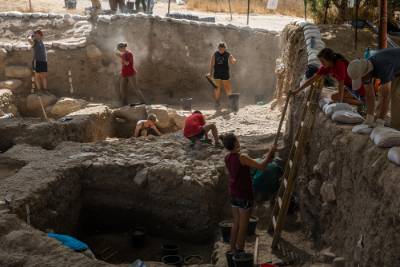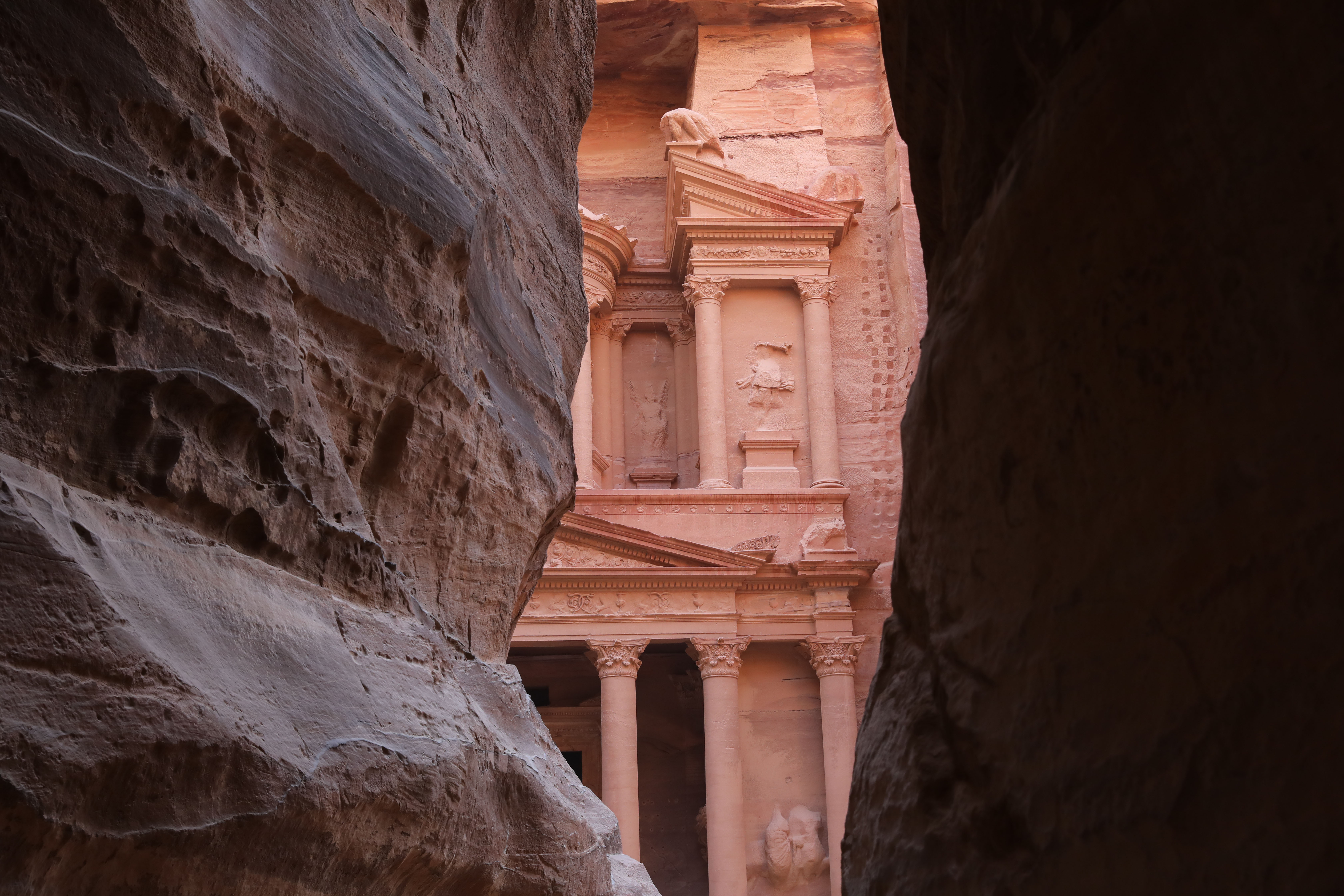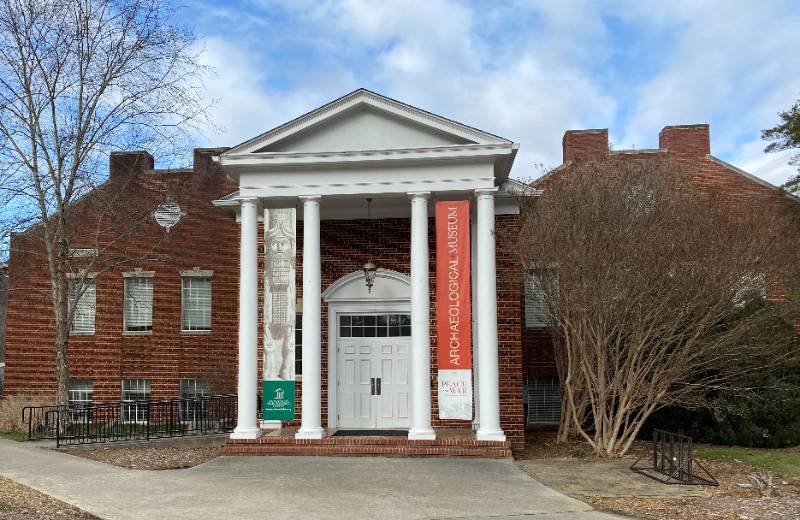
History and Legacy
The HISTORY of the museum
Numerous factors have contributed to this enduring interest in Near Eastern Archaeology, with perhaps the most significant being the intellectual legacy of key individuals who recognized the potential contributions Near Eastern Archaeology could make to our understanding of the biblical text. One such influential figure was Lynn H. Wood, PhD.
Lynn H. Wood (1887 - 1976); Establishing the legacy
Lynn Harper Wood's service to the Adventist Church spanned three continents. He served as president of Southern Junior College (Southern Adventist University) from 1919 - 1922 and later became president of what is today Avondale College (Australia), Stanborough Park College (England), and Andrews University (Michigan).
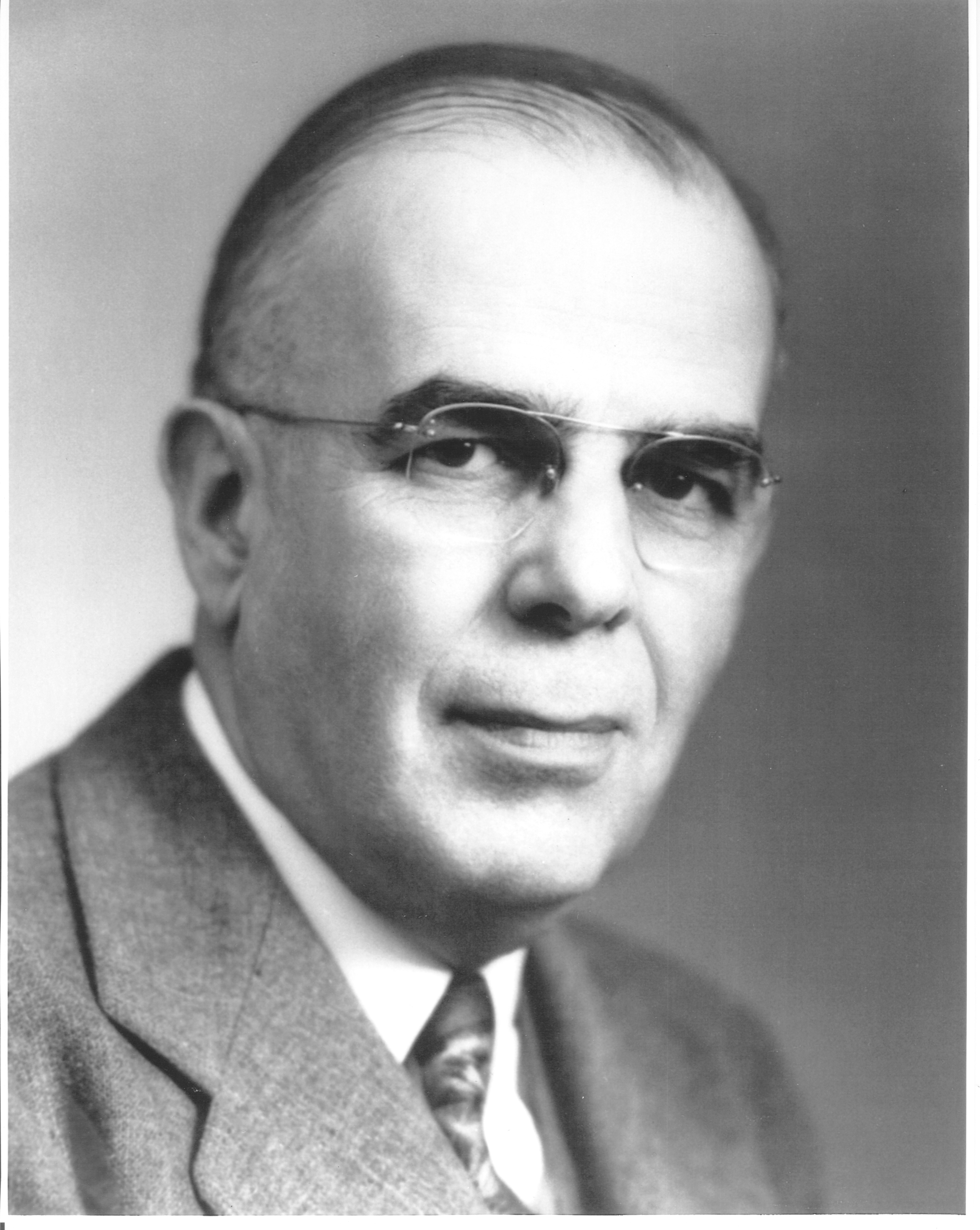
In 1934, he took a leave from his administrative responsibilities at Emmanuel Missionary College (now Andrews University) and began his graduate studies at the University of Chicago. After completing an MA degree, he spent seven months as the Jastrow Fellow at the American School of Oriental Research in Jerusalem. During this time, he traveled extensively throughout the Near East and excavated with Nelson Glueck at Tell el-Kheleifeh and Khirbet et-Tannur. In 1937, Wood became the first scholar in the Seventh-day Adventist Church to have a PhD in archaeology. Following the completion of his studies, he became a professor at the Seventh-day Adventist Theological Seminary in Potomac, Maryland, and established the Department of Archaeology and History of Antiquity.
Over the years, Wood's contribution to the historical background and chronology of biblical events was strongly felt throughout the church. He regularly wrote magazine articles for Signs of the Times and the Review and Herald. In April 1949, he inaugurated a column in the the Review and Herald dedicated to "Archaeology and the Bible." Entries for this column appeared almost every month. Wood also contributed a number of articles to professional journals outside of the denomination. The contribution of this pioneer was recognized in an important article published in the prestigious Bulletin of the American Schools of Oriental Research by Professor William F. Albright, the brilliant and renowned John Hopkins scholar, who stated that the close of the Twelfth Dynasty in Egypt was "now apparently fixed by Wood." His collaboration with Professor Siegfried Horn, his student and successor, in the book titled The Chronology of Ezra 7 established the date of 457 B.C. as the seventh year of Artaxerxes. Upon his death in 1976, Dr. Wood's personal library of archaeological volumes was donated to the McKee Library of Southern Adventist University, the institution that he so much loved and to which he devoted his energies during his early years.
William G. Dever: Continuing the Legacy
William G. Dever is America's foremost Near Eastern archaeologist. During his 35-year career, he has published more than 400 articles in peer-reviewed journals and authored or edited more than 20 scientific books. He has also served as editor of the major journal in the field and several of its standard reference works.
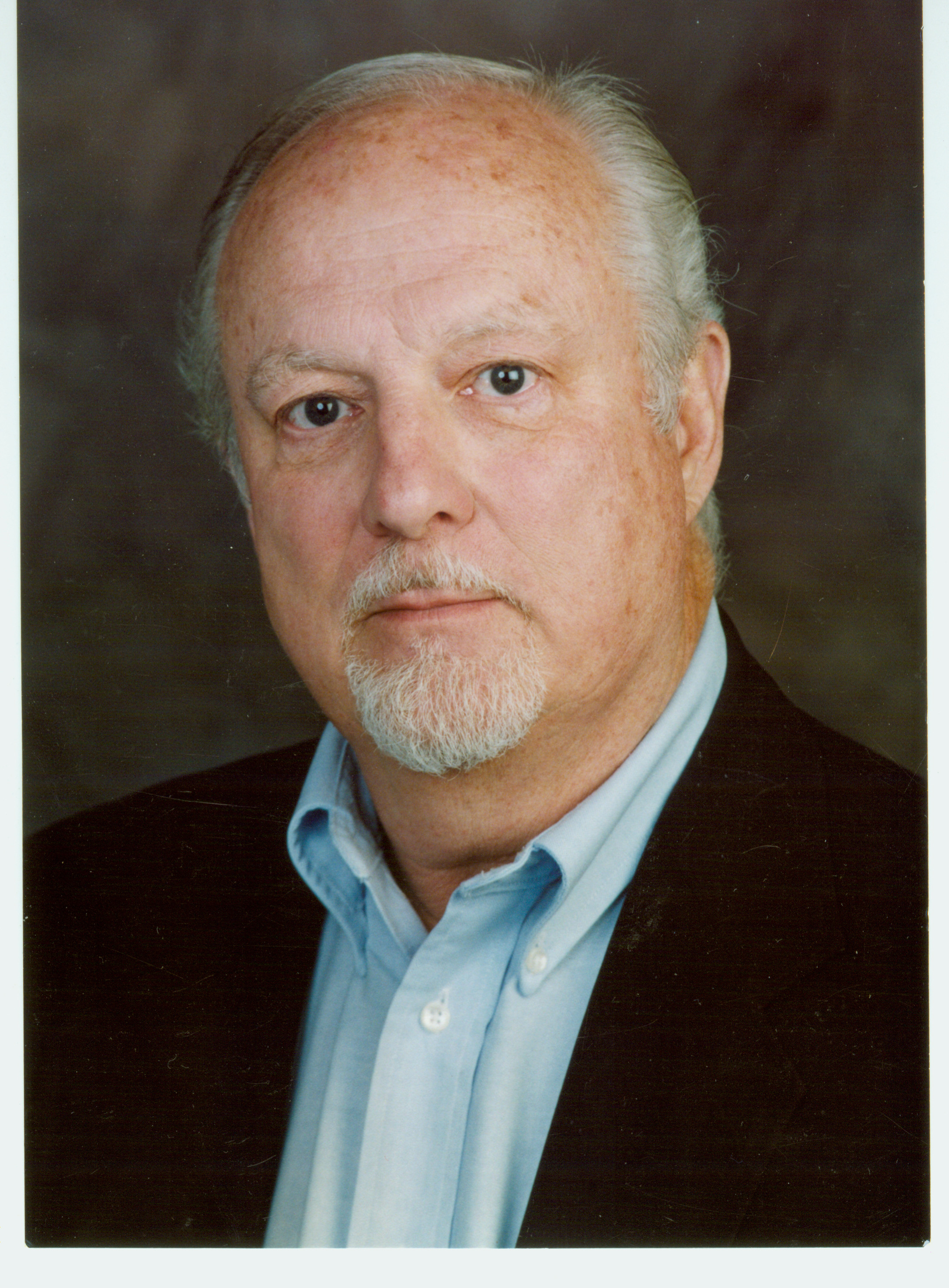
Dever completed his studies at Harvard University (PhD, 1966) and served as director
of the Nelson Glueck School of Biblical Archaeology (1968-71) and the W.F. Albright
Institute of Archaeological Research (1971-75) in Jerusalem. He directed the Tell
Gezer Excavations, which became the training ground for senior American archaeologists
today. He went on to direct excavations at Shechem, Khirbet el-Kom, Jebel Qa'aqir,
Tell el-Hayyat, and The Central Negev Highlands Project in Israel and Idalion, Cyprus,
receiving major grants from the Smithsonian Institution, the National Endowment for
the Humanities, the University of Arizona Foundation, and the National Geographic
Society. His awards include the Percia Schimmel Prize of the Israel Museum.
Dever was invited in 1975 to head a new graduate program in Near Eastern Archaeology
at the University of Arizona. Over a span of more than two decades, he established
the largest PhD program in Near Eastern Archaeology and Anthropology in North America.
The program closed in 1997. In 1999, Dever was guest lecturer for the R.H. Pierson
Lectureship at Southern Adventist University. His impression of the institution and
its faculty, students, and administration, together with his desire for new programs
in Near Eastern archaeology be established, contributed to his decision to place the
Wiliam G. Dever Near Eastern Collection here, in January 2000. Today it comprises
the core of the Lynn H. Wood Archaeological Museum, containing objects from Egypt,
Babylonia, Persia, Syria-Palestine, Greece, Cyprus, and Anatolia.
You can help continue the legacy
You can donate to the museum, or perhaps you would like to attend an excavation or study tour!
